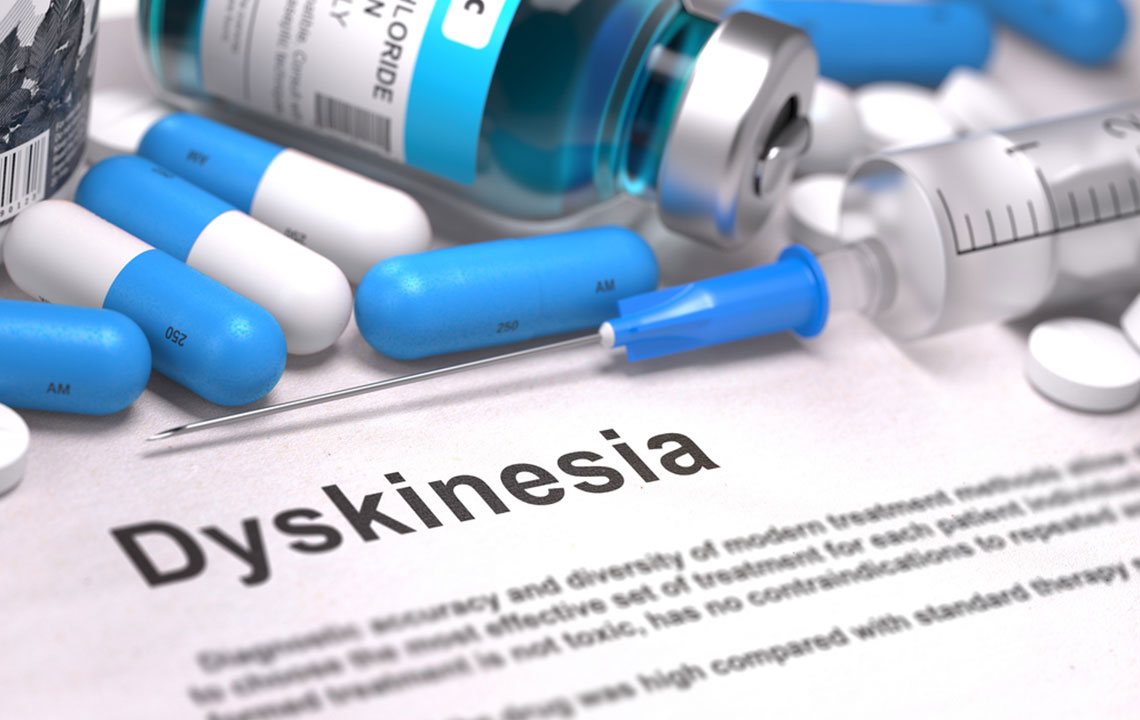Understanding Complex Partial Seizures: Causes, Diagnosis, and Treatment Options
Discover comprehensive insights into complex partial seizures, including their causes, diagnosis methods, and effective treatment options. Learn how early diagnosis can improve outcomes and manage symptoms effectively, especially in children. This article offers valuable information for patients and caregivers seeking to understand this neurological condition.

Understanding Complex Partial Seizures: Causes, Diagnosis, and Treatment Options
A complex partial seizure, also called a focal impaired awareness seizure, typically originates in a specific area of the brain, most often the temporal lobe. These seizures are common in individuals with epilepsy and cerebral palsy. They last briefly and cause temporary unconsciousness. Symptoms may include self-injury, repetitive movements like cycling, emotional expressions like laughing or crying, verbal repetitions, unawareness after the episode, and hallucinations.
Triggers are often unpredictable, but some victims experience an aura beforehand. Common triggers include medication reactions, low blood sugar, flashing lights, or fever.
Diagnosis involves detailed history and witnessing reports, followed by tests like EEG, MRI, CT scan, blood work, and neurological assessments. Once diagnosed, effective treatment options are available. Children diagnosed early often outgrow this condition with proper care.
Treatment Approaches
The optimal treatment depends on seizure severity and individual factors. Current options include:
Responsive neurostimulation
Diet modifications
Surgical intervention
Anti-epileptic drugs (AEDs)
Vagus nerve stimulation










